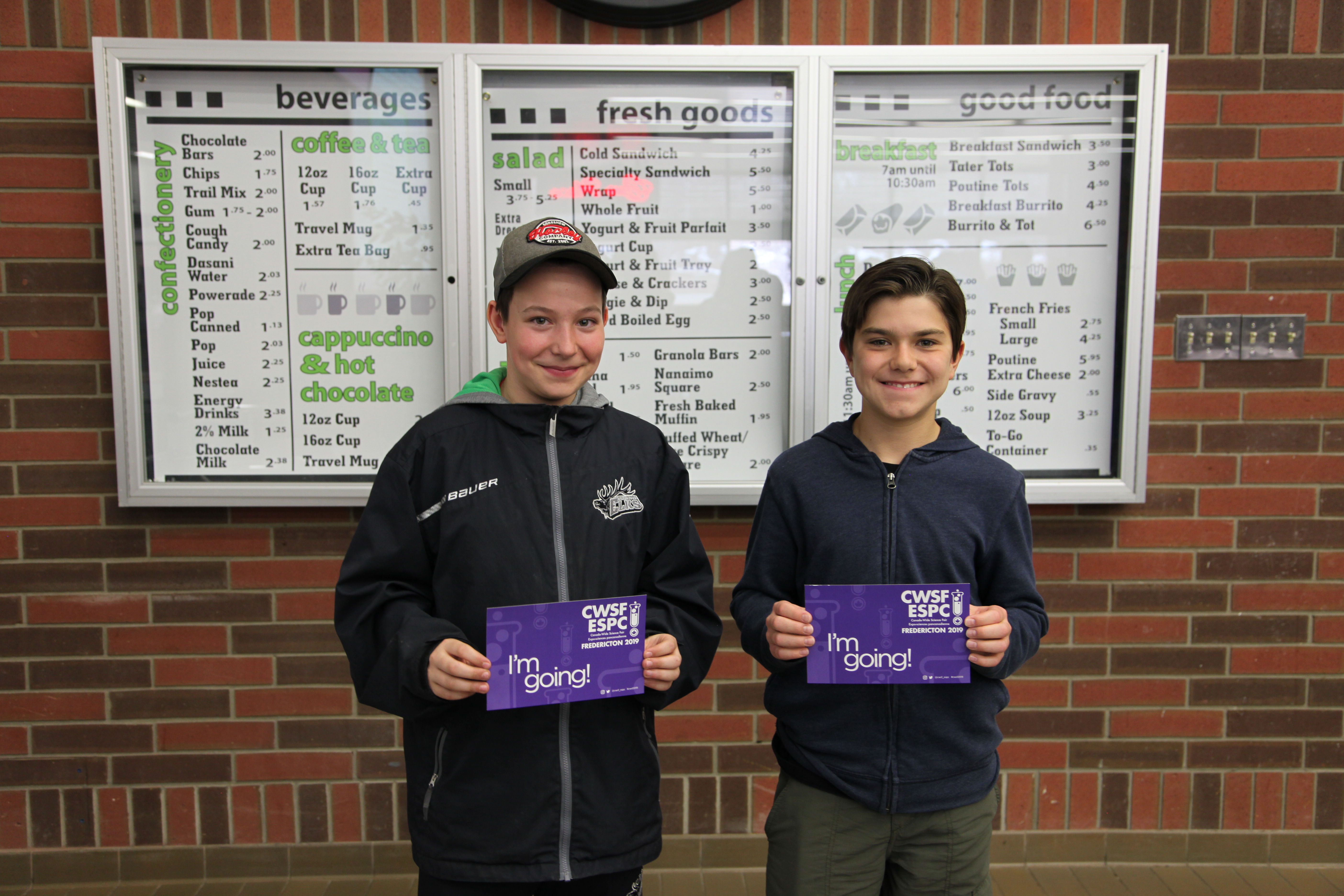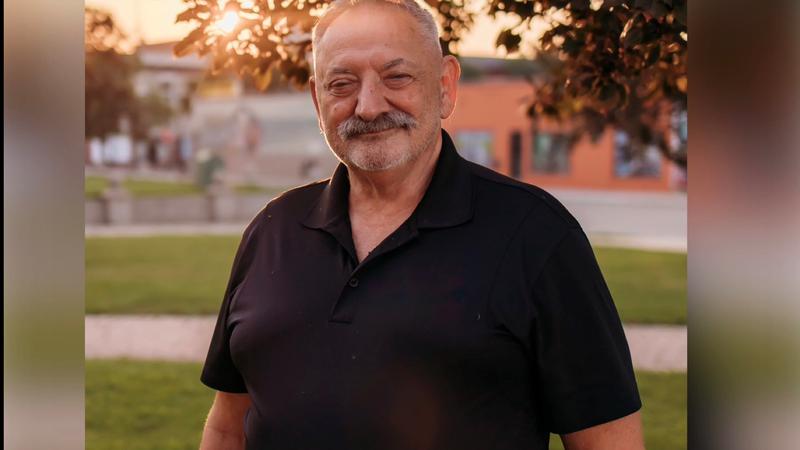
Students show off work at science fair
The top science students from across the Saskatchewan Rivers Public School Division were at Saskatchewan Polytechnic’s Prince Albert campus Tuesday.
The Prince Albert and Northeast Regional Science Fair brought together about 25 elementary and middle school students and their projects from schools across the northeast.
“These students have been identified from their local fairs, their school fairs as the ones that’ll represent their schools and the different grade levels here at the regional fair,” Superintendent Randy Emmerson said.



